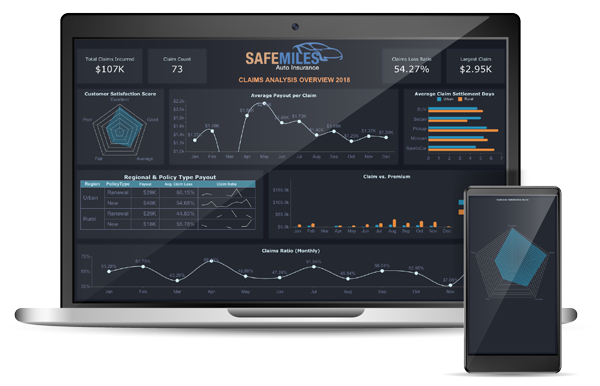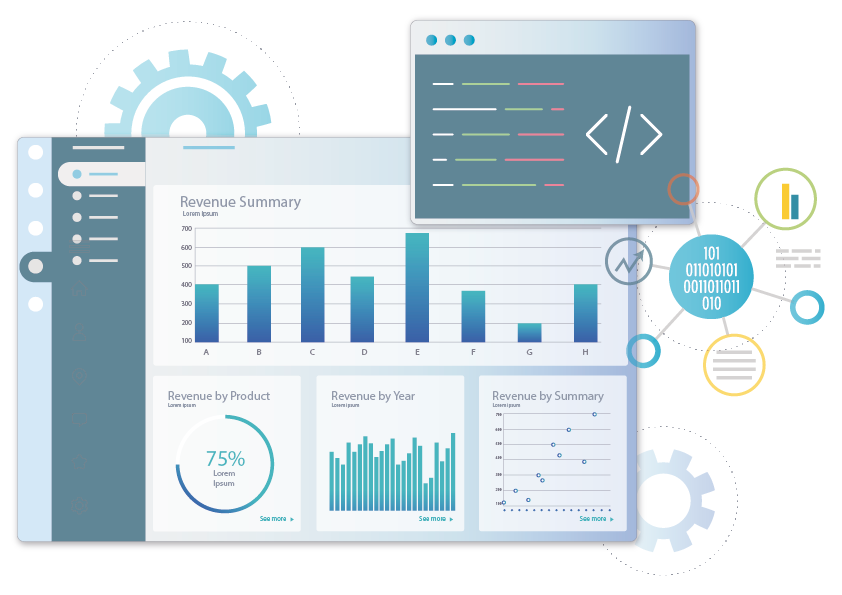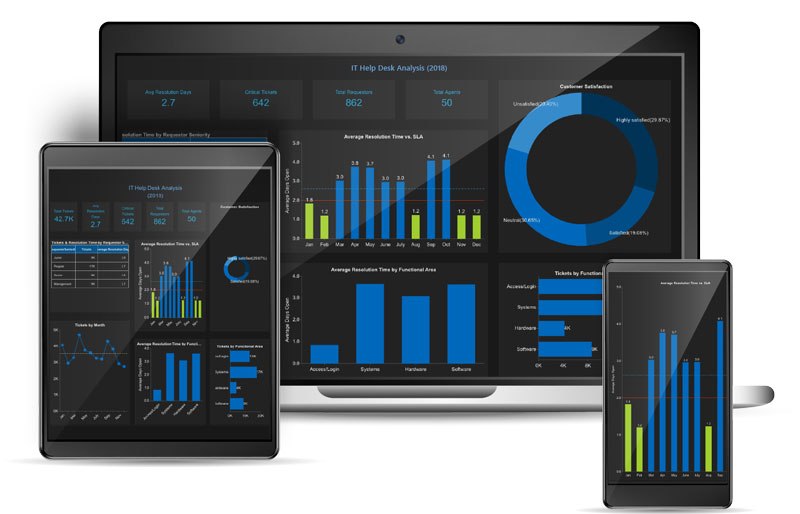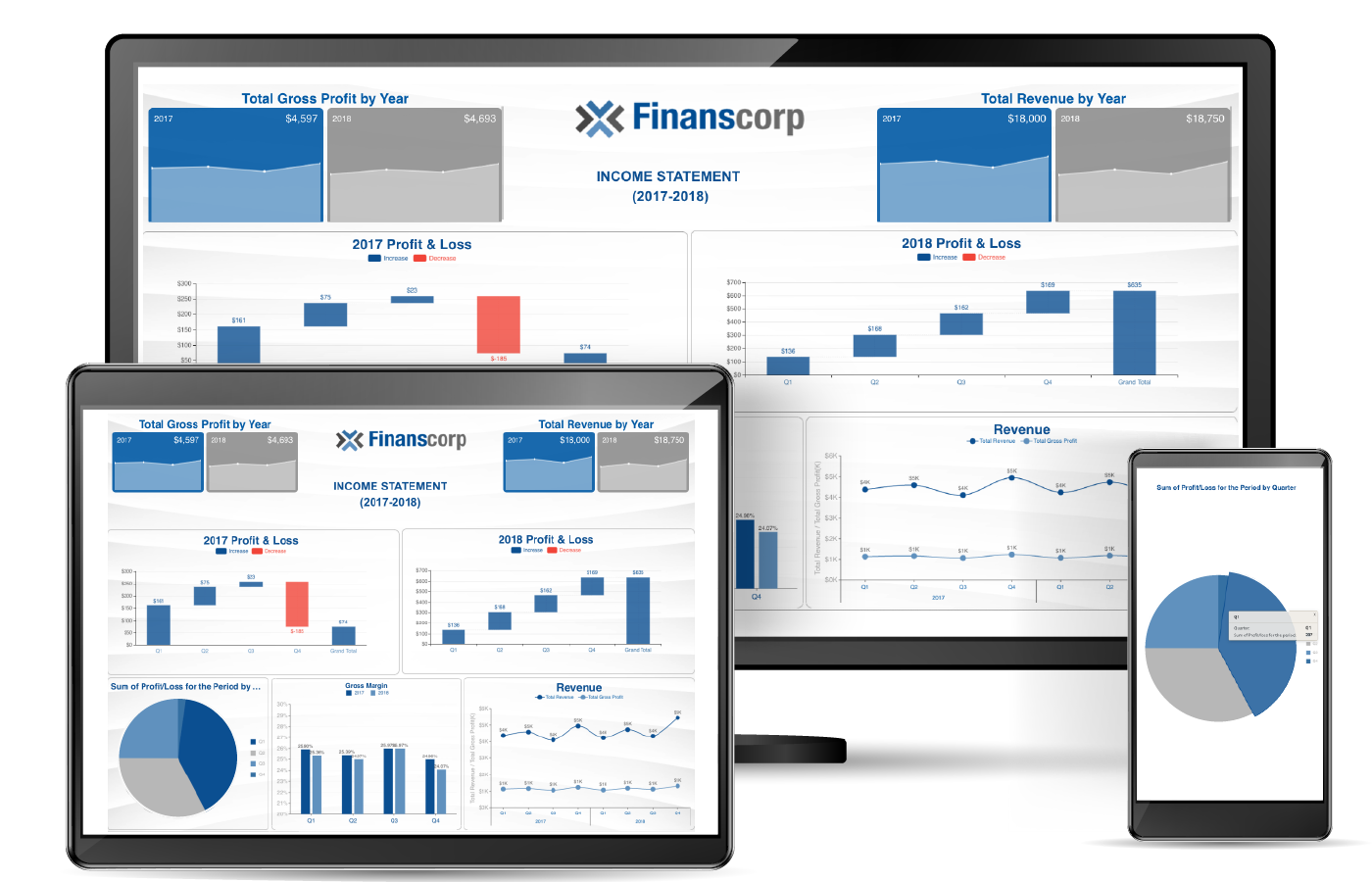You don’t need a master’s degree in data science to become a citizen data scientist, nor will you find it listed on any job postings. So what exactly is a citizen data scientist and why should you care?
In years past, sifting through big data to find actionable insights was done by specialists trained in data science and analytics, often using complex tools. Nowadays, there’s a pressing need for these specialists, but they’re becoming harder and harder to find.
There’s a global shortage of IT talent, from data scientists to statistical modelling professionals to software developers with an understanding of statistical analysis. And it’s safe to presume that as data continues to grow exponentially, so too will the need for IT talent.
That demand is continuing to grow: The U.S. Bureau of Labor Statistics projects 13,500 openings for data scientists each year, on average, over the course of this decade. And according to Statistica, 40 per cent of CIOs say they’re suffering a skills shortage in the area of big data and analytics, second only to cybersecurity.
At the same time, business intelligence tools are evolving, with user-friendly features that don’t require a PhD to use them. This, combined with the talent shortage, is making the citizen data scientist increasingly important.
What is a citizen data scientist?
According to Gartner, a citizen data scientist “can perform both simple and moderately sophisticated analytical tasks that would previously have required more expertise.” In other words, it’s not their primary role and they don’t replace the experts, but they play a complementary role.
But the role itself is evolving as technology evolves. A few years ago, a citizen data scientist typically referred to someone like a business analyst or data engineer—someone who was already rather data-savvy. But with today’s BI tools, almost any business user can leverage data more effectively in their role, no PhD required.
While this doesn’t replace the need for data scientists, it does mean that data scientists and other IT professionals can focus on more complex, strategic tasks rather than fielding requests from business users. It also allows smaller organizations without expertise on staff to benefit from data analytic capabilities.
Business users, for their part, now have tools at their disposal that allow them to create data visualizations, dashboards and reports, which they can use to inform decision-making or share with their colleagues to inform broader business strategy. And they bring their own experience and expertise—in human resources, marketing or sales, for example—to the table.
How technology is changing the game
All of this has become possible because of advancements in business intelligence platforms and data analytics tools. In the past, legacy BI platforms were often limited to structured, pre-processed data and required advanced skills, such as the ability to code.
Modern BI platforms have evolved to include intuitive user interfaces (UI) and user experiences (UX), so most non-technical users can incorporate analytics into their everyday tasks. For example, they can drag-and-drop elements to create a data visualization without the need for coding or any statistical background.
Two examples of how technology is changing the game for citizen data scientists include:
Embedded analytics: Embedding analytics into user-facing applications is an easy way to drive adoption. Simply by using their day-to-day applications, business users can find insights in data without having to toggle into another application or BI platform.
Self-service BI: This allows both technical and non-technical users to drill down into data, run queries and create their own dashboards and reports. With a user-friendly UI/UX, business users can take advantage of data without a huge learning curve.
Building a data-driven culture
Developing citizen data scientists means developing a data-driven culture. That means data is ‘democratized,’ so the benefits of data are accessible to all—not just data scientists or the IT department.
Building a citizen data science ecosystem involves people, tools, data and processes, according to Gartner. To do this, leaders should “focus on building and enabling communication and collaboration across the analytics process and involve both expert and citizen roles in defining the collaborative process and approach.”
Organizations that promote data sharing are also expected to outperform their peers on most business value metrics. After all, an organization with dozens or hundreds of citizen data scientists is stronger than an organization with only one or two experts.
































